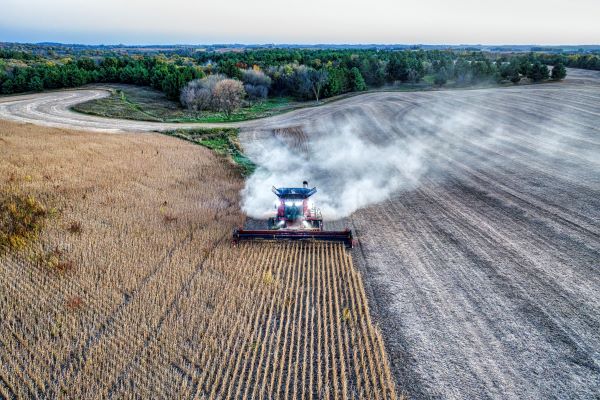According to FAO.org, agriculture contributes to 20% of sub-Saharan Africa’s Gross Domestic Product, and it provides work to as much as 67% of the total labor force. Africa is a continent that is rich with resources but its challenges which are poverty related limit its access to energy sources and healthcare services. In order to build up resilient farming communities within this context of uncertainty, African farmers are embracing sustainable building materials as their foundation for long-term growth and progress.
A Promising Future
African farmers are now turning to sustainable materials – many of which include laterite and termite mound soil, as well as timber, stone and even bamboo. These locally available resources are ecologically friendly and provide astounding lasting benefits. One example that illustrates how agriculture and construction can coexist harmoniously in Africa is the Eastgate Centre located in Harare city of Zimbabwe. According to aurp.com, Eastgate Centre, covering a massive 333,000 square-feet of space, operates at energy consumption levels that are an impressive 90 percent lower for both heating and cooling. Bamboo is another renewable resource becoming increasingly popular among African agriculturists for its cost-effectiveness as well as versatility – from flooring to furniture, all the way to toothbrushes! Its strong yet lightweight properties make it an ideal material for constructing efficient greenhouses and small housing models around rural areas with limited infrastructure access. Schools and parks have started reaping advantages from using this ultimately eco-friendly building medium too!
Traditional cement has been a mainstay of modern architecture but unfortunately, it’s still texturally unsustainable because of its environmental footprints – carbon emissions primarily being more than ideal means green cement becomes an essential alternative choice, if we want structural stability without too much stress on nature’s balance. It has been stated by maximizemarketresearch.com that green cement can cut down 8% of carbon dioxide discharges which are reported to be caused by classic cement producers. Employing recycled materials while keeping up the build quality optimizes both ecology and economy simultaneously, making this a fail-safe choice for African farmers who want to promote sustainable constructions that can last them a lifetime.
African Success Stories in Adopting Sustainable Building Materials
When it comes to sustainable building materials, many African countries are leading the way with some impressive examples. Take Agostinho Neto University in Angola for instance. This structure was built with energy efficiency and a hot, dry climate in mind. Plenty of daylight is let into the building throughout the day allowing for significant energy savings. procrewschedule.com reports that the design of Gando Primary School in Burkina Faso also demonstrates how indigenous materials like mud blocks can be used effectively as an alternative to more costly imported materials, while adhering to international standards of sustainability when it comes to construction projects. This particular project included technologies from the industrialized world which had been adapted so that they could be implemented by local contractors at much lower costs than usual, making this primary school affordable and ecologically sound at once!
Anticipating the Unfolding of Tomorrow
The time has come to move away from traditional building practices, in favor of more ecological methods like green cement, bamboo and adobe – all renewable resources locally sourced and eco-friendly. This will also unlock opportunities for other nations to invest in Africa, as highlighted by Trade.gov; consequently, enabling Africa’s agriculturists to create structures with improved aesthetics that are better equipped against extreme weather events, while reducing the long term climate crisis implications on nature and the ecosystem.








